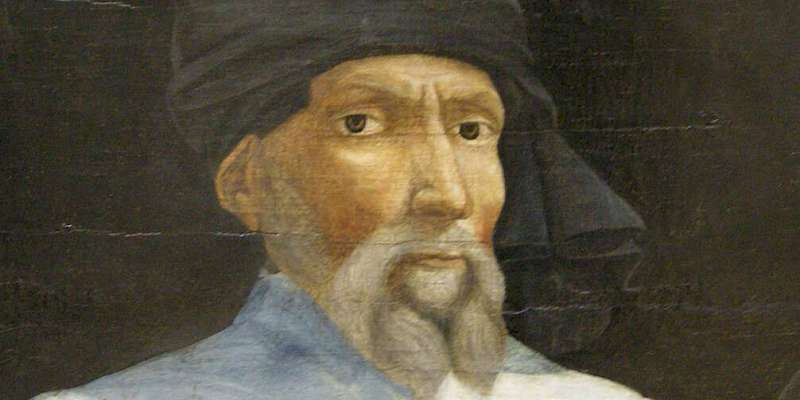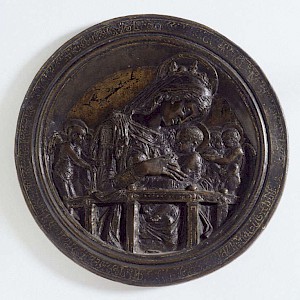Donatello

This unassuming man was the greatest sculptor of the early Renaissance
Donato di Niccolò di Betto Bardi (c. 1386–1466) was the favored sculptor of Cosimo Il Vecchio de' Medici, and therefore the man commissioned to decorate some of Florence's most favored spots in the early 15th century.
Though Masaccio and Paolo Uccello get all the press for having "discovered" single-point perspective in painting, Donatello had actually quietly already perfected this technique and used it to scratch background scenes into his patented schiacciato technique of warping low relief surfaces and etching backgrounds in perspective to create a sense of deep space.
His bronze and marble figures are some of the most expressive and psychologically probing of the Renaissance. Among his many innovations, this unassuming artist cast both the first freestanding nude (the Bargello’s David) and the first equestrian statue (in Bologna) since antiquity.
Donatello was as kind-hearted as he was talented, famous for keeping a basket full of petty cash suspended from the rafters in his studio, just in case any of his assistants needed some walking-around money.
In his will, Cosimo Il Vecchio provided for the aged sculptor—who, by then, was living in the Medici household. Cosimo also directed his son Piero that the artist should never want for commissions until the day he died.
When Donatello did pass away, he was accorded the singular honor of being buried in the Medici family tombs, right next to his friend and patron Cosimo.













